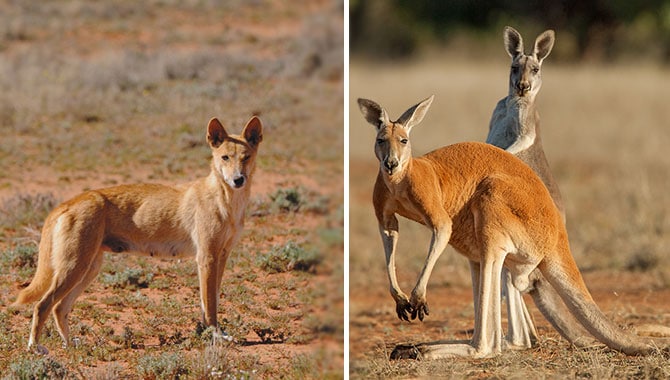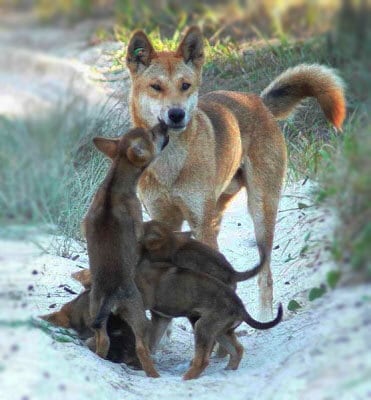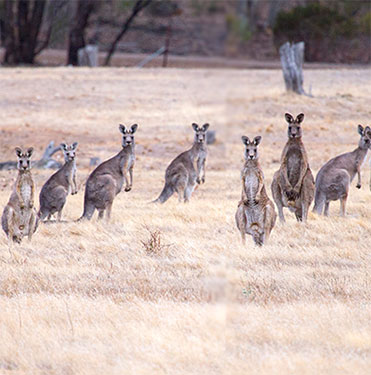
Scientists have warned against the deteriorating quality of soil in Australia. They’ve observed imbalances in the ecosystem as the main causation. What started as a conservation effort century ago seems to be backfiring on the same ecosystem it was meant to protect. From a historical perspective, the population of dingoes in Australia was so high that it threaten the existence of herbivores, particular the kangaroos and livestock. A fence was erected to keep these predators away in some areas. In other areas such as the southern Queensland and southern South Australia, dingoes were considered pests and hunted, poisoned or trapped.
It is important to note the dingoes preferred prey is the kangaroo. Isolating the dingo from the kangaroos was meant to salvage the dwindling number of these herbivores but seem to be working against other factors previously not considered such as the quality of the soil.
Killing Dingoes Resulted in Kangaroo Boom
According to the University of New South Wales’ study, it has been found that the killing or control of dingoes has resulted in a boom in Kangaroo number. Although this was the objective to have the dingo’s population controlled, no one ever thought that it would have an adverse impact on the environment. According to the Associate Professor Mike Letnic, the impact of this control has gone beyond the flora and fauna implications, and the trend is worrying.

From the study’s observations, an increased number of kangaroos on the non-dingo side exerted more pressure on the grazing fields. As a matter of fact, the amount of the vegetation, particularly on the both side of the fence was very different. The non-dingo side had little vegetation and more woody vegetation, while the other side had more grass.
Letnic’s theory is that Kangaroo deprives the ground the much need nutrients to maintain a good quality of the soil. This explains why the non-dingo side had more bare fields. For an ideal situation, the leafy part of the plant would fall, decay and the nutrients would go back to the soil- this is how the natural balance is achieved. But the kangaroo cause the opposite effect. Once they eat the grass, the spend most of their time under trees during the day. By doing this, they move the essential nutrients (phosphorous, carbon and nitrogen) from the grassy areas and deposit them into the wooded areas when they defecate. He gave this as the reason why the non-dingo side had little vegetation and a poor quality of the soil.
To prove his theory, Letnic and Morris created eight small plots on either side of the fence. Four of the plots were closed off to kangaroos so as to determine how, and whether, they affect the vegetation. The results were incredibly clear. On the dingo side of the fence, there was no difference in vegetation. The four kangaroo-free plots on the non-dingo side had around 12 per cent more vegetation compared to their surroundings. Further to that, the plots had a higher level of nitrogen, phosphorus and carbon in the soil.
Low Quality Soil Duet to Increasing Kangaroo Population

“If there is a boom, the kangaroo numbers go up, but when it busts, then their numbers bursts as well and in the process, they eat everything,” he added. According to the associate professor, in the bust phase, kangaroos dies in number, but before they die, they eat everything availalble. That’s how the landscape is getting depleted of valuable nutrients.
The study does not actually recommend the reintroduction of the dingoes into the landscape though it could be a better solution for now. But allowing dingoes population to increase on the other side would enhance the ecosystem productivity across Australia. According to Letnic, other solutions must be put in place to address the situation. Otherwise, the condition will continue to deteriorate, and the landscape on the non-dingo side will continue to get worse.
Apart from depriving the landscape of valuable nutrients, there’s also the problem of topsoil being carried away by wind and water.

